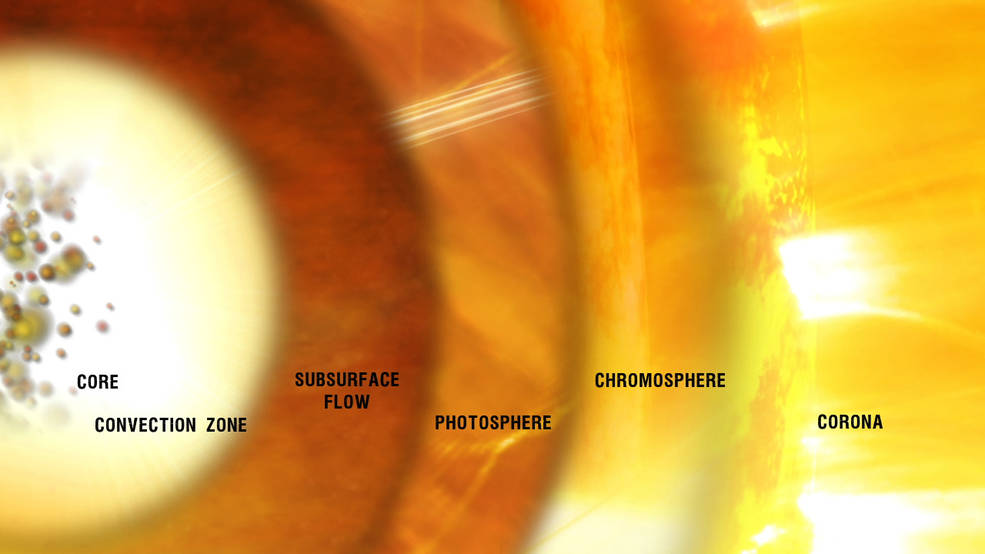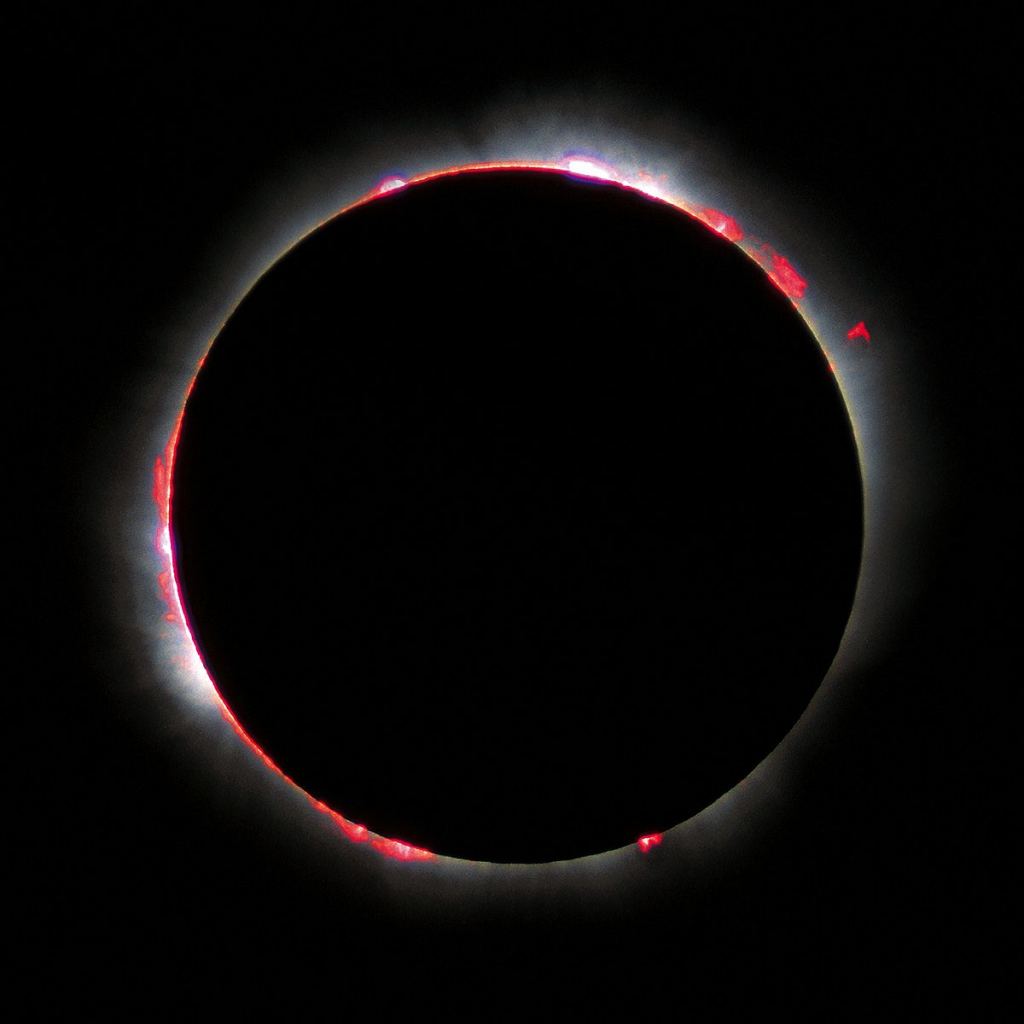Solar physicists have been having a field day of late. A variety of missions have been staring at the sun more intently ever before (please don’t try it at home). From the Parker Solar Probe to the Solar Orbiter, we are constantly collecting more and more data about our stellar neighbor. But it’s not just the big name missions that can collect useful data – sometimes information from missions as simple as a sounding rocket make all the difference.
That was the case for a group of scientists focused on the Sun’s chromosphere, the part of the suns’ atmosphere between the photosphere and the corona that is one of the least understood parts of the star. Now, with data collected from three different missions simultaneously, humanity has its first layered view of how the sun’s magnetic field works in this underexplored zone.

Credit: NASA’s Goddard Space Flight Center
One well understood fact of the chromosphere is how much it screwed up magnetic field models of the photosphere and corona. Understanding the sun’s magnetic fields is crucially important to understanding “space weather” more generally, and how it might affect conditions on Earth. Scientists had a reasonable understanding of how the magnetic fields work in both the photosphere and the corona, but connecting the fields between the two (i.e. through the chromosphere) proved difficult.
Models of how the magnetic field worked in the chromosphere fell apart, frustrating scientists who were trying to draw lines between what was going on in the photosphere and what they could observe in the corona. Luckily, plenty of new tools were available to study it, including three missions aht were of particular interest.

Credit: Luc Viatour
The Chromospheric Layer Spectropolimeter 2 (CLASP2) was one of those, housed on a suborbital rocket and tailored to observing the chromosphere directly. The scientific team, led by Ryohko Ishikawa of the National Astronomical Observatory of Japan, realized they could combine data from CLASP with data from two other satellites, NASA’s Interface Region Imaging Spectrograph (IRIS) and JAXA/NASA’s Hinode satellite.
Combining the observations of these three tools allowed for the first ever look at how the sun’s magnetic field is changed by the chromosphere. Hinode focused on reading the photosphere itself, so the researchers could understand the outcome of what was happening in the chromosphere. At the same time, CLASP2, which was launched on a “sounding rocket” from the White Sands Air Force Base, was imaging three different heights in the chromosphere, and IRIS was backing it up for calibration purposes.
With that data, it showed for the first time ever, how the Sun’s magnetic field moves through the chromosphere, four different heights, including how the fields formed in the photosphere. Solar physicists were elated, with Laurel Rachemeler, a former NASA project scientist for CLASP2 saying “Being able to raise our measurement boundary to the top of the chromosphere would help us understand so much more, help us predict so much more – it would be a huge step forward in solar physics.”
The combined observing effort was a good first step toward that huge step at least. Unfortunately, with the limited time a sounding rocket mission allows, the team was only able to collect data on a tiny slice of the overall chromosphere. So technically, it is simply a two-dimensional (ie vertical) slice of a rather large area. Next up is an observational mission that will actually measure a horizontal slice of the chromosphere while also getting the same vertical data as the current mission did. With luck, that will help the team build even better models of the most powerful magnetic fields in the solar system, and how they affect life here on Earth.
Learn More:
NASA – NASA Missions Make Unprecedented Map of Sun’s Magnetic Field
NAO – Sounding Rocket CLASP2 Elucidates Solar Magnetic Field
ScienceNews – Check out the first-ever map of the solar corona’s magnetic field
UT – Sun-Like Star Shows Magnetic Field Was Key For Early Life On Earth
Lead Image:
Image of the sun’s chromosphere.
Credit: NASA

